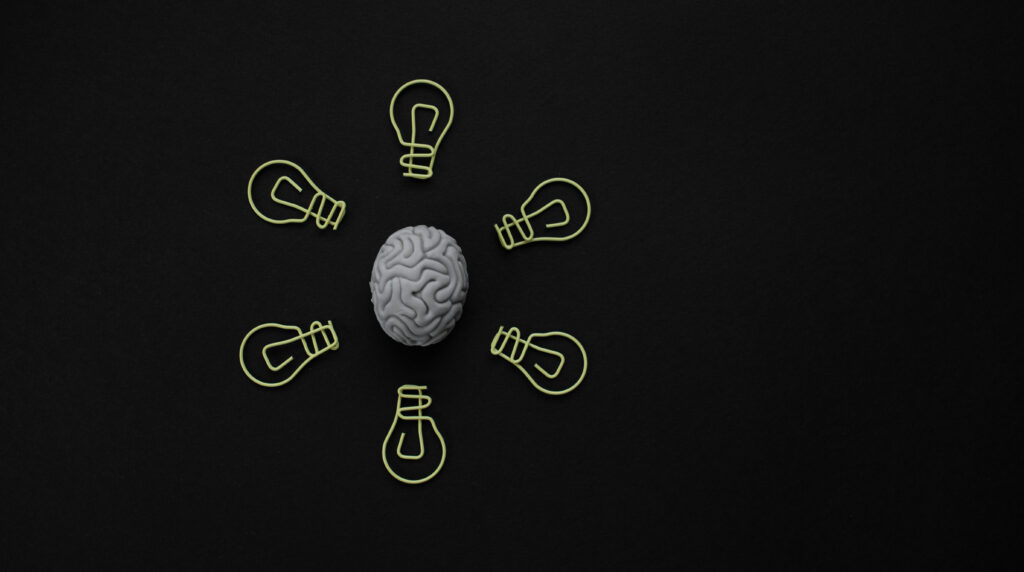Do you know Howard Gardner’s theory of multiple intelligences? We have already talked to you about it on other occasions in our blog, this theory refers to the fact that several types of intelligence can be developed, and therefore that there is not a single type of intelligence. Today we are going to explain to you about bodily-kinesthetic intelligence and how to develop it in the classroom.
If you are interested in the topic, you can read other posts we have made about spatial intelligence, the logical-mathematical intelligence or linguistic intelligence.
Don’t miss this week’s post!
What is bodily-kinesthetic intelligence?
Kinesthetic-body intelligence is one of the multiple intelligences that Howard Gardner proposes in his theory, and it is the ability to know how to use the body to learn and express ideas and feelings, or master physical skills such as balance, strength, flexibility or speed. This usually occurs, for example, in dancers, gymnasts and athletes.
Therefore, people who have more developed kinesthetic-bodily intelligence excel in the expression and coordination and skillful management of their own body.
Benefits of developing bodily-kinesthetic intelligence
Developing students’ kinesthetic-bodily intelligence entails a series of benefits that should be taken into account:
- Improved learning, through movement: Developing the kinesthetic-body intelligence of our students can help improve their learning and acquisition of knowledge. This is because there are people who learn better and have a better understanding of different concepts through movement.
- Greater mind-body connection: With the development of bodily-kinesthetic intelligence, the focus is on the importance of having a good balance between body and mind to ensure physical and mental well-being that promotes an active and healthy lifestyle.
- Ability to express oneself physically: Thanks to mastery of the body, emotions and feelings can be expressed, something highly valued in dance or theater.
- Improvement of motor skills and specific skills: The work of this type of intelligence contributes to the improvement of body coordination, as well as the development of specific skills in areas such as sports, dance, etc.
Ideas to develop kinesthetic-bodily intelligence in class
If you want to promote active learning in your students through the development of bodily-kinesthetic intelligence, here are some ideas to carry out in the classroom:
- Yoga or meditation exercises: You can introduce a few minutes into your classes (either at the beginning or at the end of the class) to do yoga or meditation exercises. This will greatly help your students reduce stress, improve concentration in class, and become more aware of the importance of having a good mental state to perform well.
- Theater projects:Theater is one of the forms of artistic expression in which kinesthetic-body intelligence is most highlighted. Therefore, in all types of subjects, you can incorporate theater-based projects. For example, in History, you can encourage your students to perform a dramatization of certain periods or historical concepts. This will allow them to learn more about a certain era or historical event using body language as a tool.
If you want to evaluate your students on these projects, you can create your own rubrics in Additio App, or you can even search if a teacher has created a similar project in Additiopedia and make the necessary changes.
- Choreography creation: In a very similar way to theater, you can encourage your students to create their own dances and choreographies that allow them to represent a certain theme or concept. With dance, they will have to learn to represent their emotions with their body, something that will be a challenge for them.
In language subjects, body representation can be very useful for practicing vocabulary, so take advantage of its benefits to motivate deeper learning of your subject.
- Outdoor activities: Going outdoors and doing moving activities is a very good way to involve students in their own learning. You can do everything from activities in the school yard to excursions outside the urban environment, depending on what best suits the needs of your subject.Plantéale has your students have a challenge that they have to solve on the move, what do you think of an urban escape room?
- Games and learning through movement: Another very fun way to develop the kinesthetic-body intelligence of your students is to propose games and activities that are based on movement. You can even encourage teamwork by creating group activities.
Some examples of games that will help you in class are the following:
- The human web: From the movement, they will have to solve the obstacle of being entangled and discover how to untangle themselves.
- Obstacle Courses:Students will have to overcome obstacles (whether fences, cones, ropes…), which will test their ability to move, coordinate and cooperate.
- Treasure hunting: You can set physical challenges in the classroom or somewhere outdoors, which students will have to solve using clues and riddles.
- Mirror game: In pairs, students will have to imitate the movements of their partner, as if it were a mirror.
Did you already know these ways of working on kinesthetic-body intelligence?
You may already know the games and activities that we have proposed to you. Do you know of others that may be of interest to the community? Share it through our social networks: Facebook, Twitter, Instagram and Youtube.
Remember that if you want to record all these activities and games, you can do it easily with Additio App, and for free! This is possible thanks to the plan Additio Starter. Why don’t you take a look and tell us how it goes?
Bye bye!





